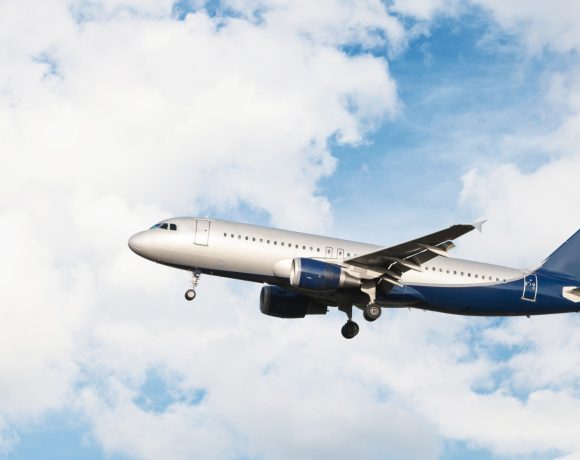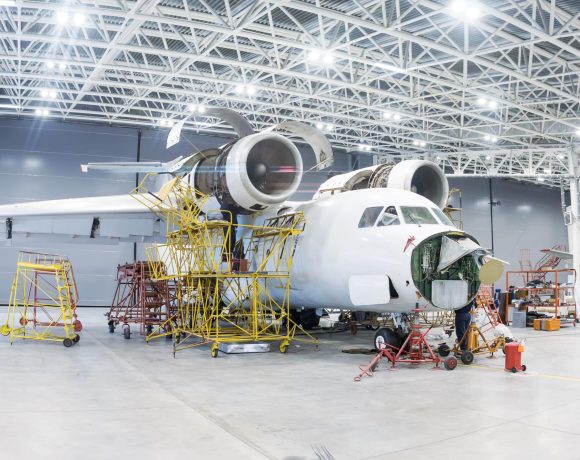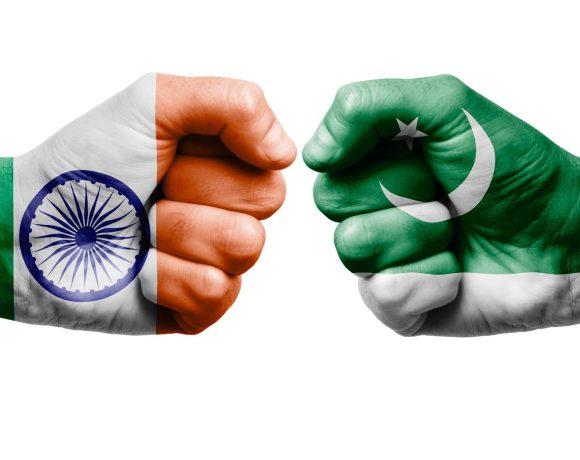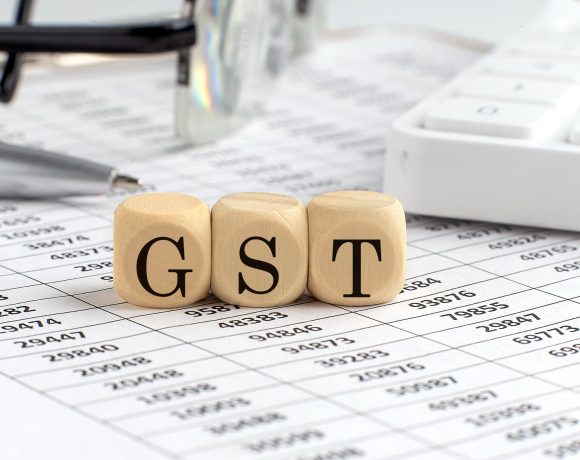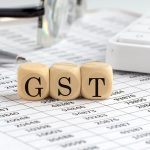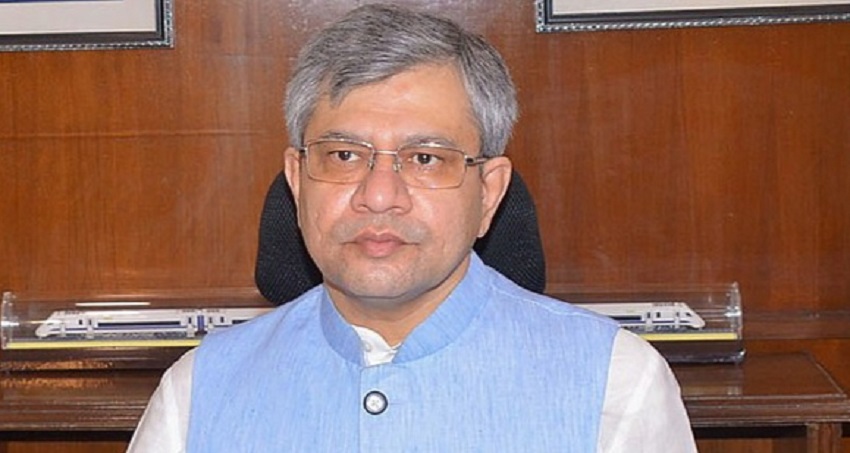
India’s Railway Fares Among Lowest in Region, Unchanged Since 2020
India’s railway fares have remained unchanged since 2020 and are among the lowest in the region compared to neighboring countries like Pakistan, Bangladesh, and Sri Lanka. Railway Minister Ashwini Vaishnaw highlighted that despite offering a 47% subsidy on passenger fares, Indian Railways continues to manage its financial obligations through internal revenues.
Comparison of Railway Fares in the Region
India’s railway fares are significantly lower than those of neighboring countries. For a 350 km journey, Indian Railways charges ₹121, while the fare for the same distance is ₹436 in Pakistan, ₹323 in Bangladesh, and ₹413 in Sri Lanka. This demonstrates the affordability of India’s railway network in comparison to regional counterparts.
Subsidy and Financial Stability
Vaishnaw pointed out that the cost of transporting a passenger per kilometer is ₹1.38, whereas the railways charge only ₹0.71 per kilometer, recovering just 53% of the actual cost. Despite this, the railway system remains financially stable, with an annual passenger subsidy of ₹60,000 crore. The railways generated revenues of ₹2.78 lakh crore while managing total expenditures of ₹2.75 lakh crore, ensuring sustainable operations without fare hikes.
Advancements in Safety and Technology
A notable reduction in railway accidents has been achieved due to technological advancements and increased investments. The minister noted that railway accidents have decreased by 90% over the years. The implementation of the ‘Kavach’ safety system on 10,000 locomotives covering 15,000 km has further strengthened railway safety measures.
Infrastructure Growth and Employment Expansion
India has established itself as a global railway equipment exporter, supplying metro coaches to Australia and railway bogies to the UK, Saudi Arabia, France, and other countries. Domestically, over 34,000 km of track has been laid in the past decade, exceeding the total railway network of Germany. Locomotive production has reached 1,400 units per year, surpassing the combined output of the US and Europe. The railways have also contributed to job creation, employing 5 lakh individuals over the last ten years, with ongoing recruitment for another 1 lakh positions.
Managing Passenger Demand with Special Services
To handle increasing passenger demand, Indian Railways has introduced special train services during peak travel seasons. In 2024, 604 special trains operated during Holi, 13,000 during summer, 8,000 for Diwali and Chhath, and 17,330 trains were deployed for Maha Kumbh. Additionally, infrastructure enhancements such as holding areas at 60 stations, CCTV installations, war rooms, and new foot-over bridges have been introduced to manage crowds efficiently.
India’s railway fares continue to be the most affordable in the region, reinforcing the government’s commitment to accessible transportation. With ongoing investments in infrastructure, safety, and technology, Indian Railways remains a crucial component of the nation’s economic and social development.


